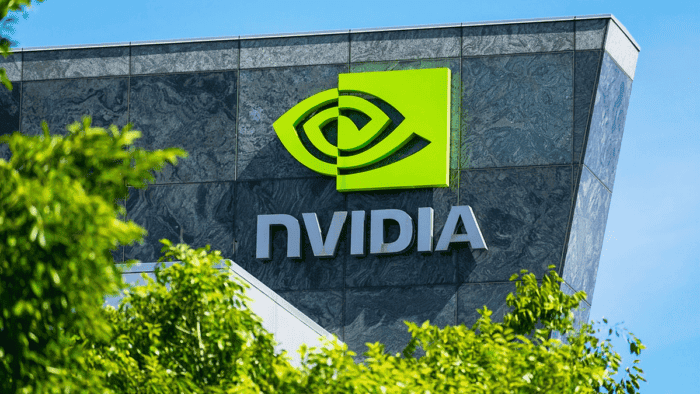It’s the kind of headline you read twice to make sure you didn’t misinterpret it: Nvidia and AMD will pay 15% of revenue from certain AI chip sales to China—directly to the U.S. government—in exchange for export licenses. The chips in question—Nvidia’s H20 and AMD’s MI308—aren’t the absolute best each company can make. They were engineered specifically for China after Washington’s 2023 export restrictions made shipping top-tier GPUs illegal. Even so, they’re far from low-power throwaways. These accelerators still carry enough muscle to train large AI models, the kind used for everything from voice assistants to defense simulations.

A Deal That Keeps Doors Open
On paper, the arrangement is clever. Nvidia and AMD keep access to one of their most important markets, while the U.S. maintains formal control over what crosses the Pacific. In practice, it’s messy.
Critics argue the whole thing feels like a contradiction. Christopher Padilla, a former U.S. export control official, called the deal “bribery or blackmail, or both”. His point: If the intent of export controls is to deny advanced capabilities to China, why create a system that licenses them—so long as Washington gets paid?
The White House hasn’t weighed in publicly, but approval came under the Trump administration. That timing matters, because it shows the deal isn’t a reactive one-off; it’s a planned mechanism. Instead of banning certain chips outright, the U.S. is effectively monetizing them.

Nvidia’s Take: This Is About Staying Competitive
Nvidia insists it’s following the rules as written. “We follow the rules the U.S. government sets for our participation in worldwide markets,” the company said in a statement. CEO Jensen Huang has gone further, framing the issue as a matter of industrial survival. In his words, “America cannot repeat 5G and lose telecommunication leadership.” He sees AI leadership as a race America must win, even if that means supplying toned-down chips to a strategic competitor.
Security Experts Are Split
Here’s the part where nobody agrees: are these performance-capped chips still dangerous from a national security standpoint? Some analysts think so. Even with deliberate limits, H20 and MI308 accelerators can still handle large-scale AI training. That narrows the technological gap the export rules were meant to create. Others believe the restrictions are enough to blunt their military usefulness—at least compared to what the U.S. keeps for itself.
The truth is, we don’t know exactly how China will deploy them. And that’s the uncomfortable gray zone this deal inhabits.
Bigger Picture: An Export Control Precedent
If this revenue-sharing model spreads to other sectors, it could blur the line between protecting critical technologies and profiting from their sale to strategic rivals. It also raises the question: Are we enforcing national security policy, or leasing it out? For Nvidia and AMD, the agreement buys time in a market neither can afford to abandon, while for Washington, it offers visibility—plus revenue—without fully closing the door. For everyone else watching, it’s another sign of how the boundary between economic interest and security doctrine is getting harder to draw.




